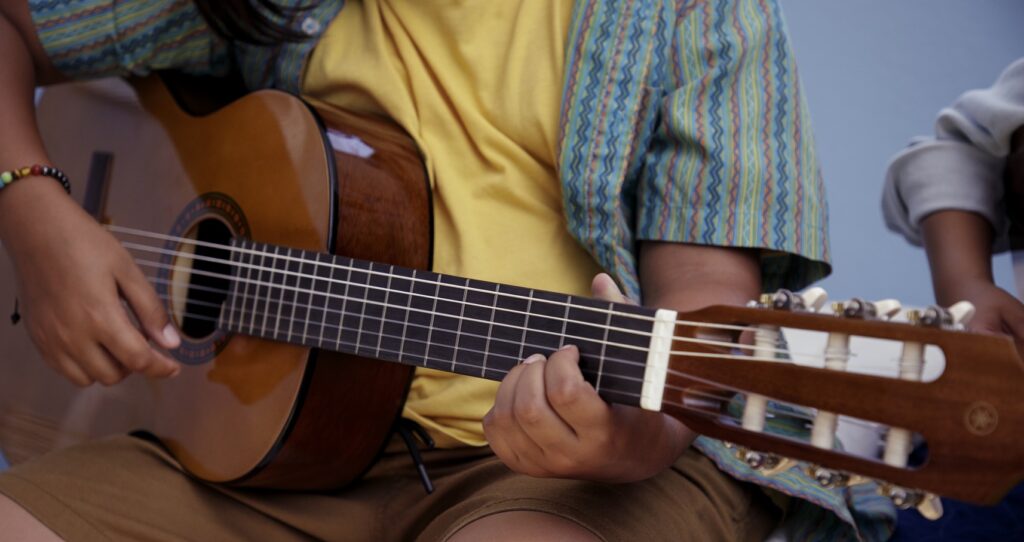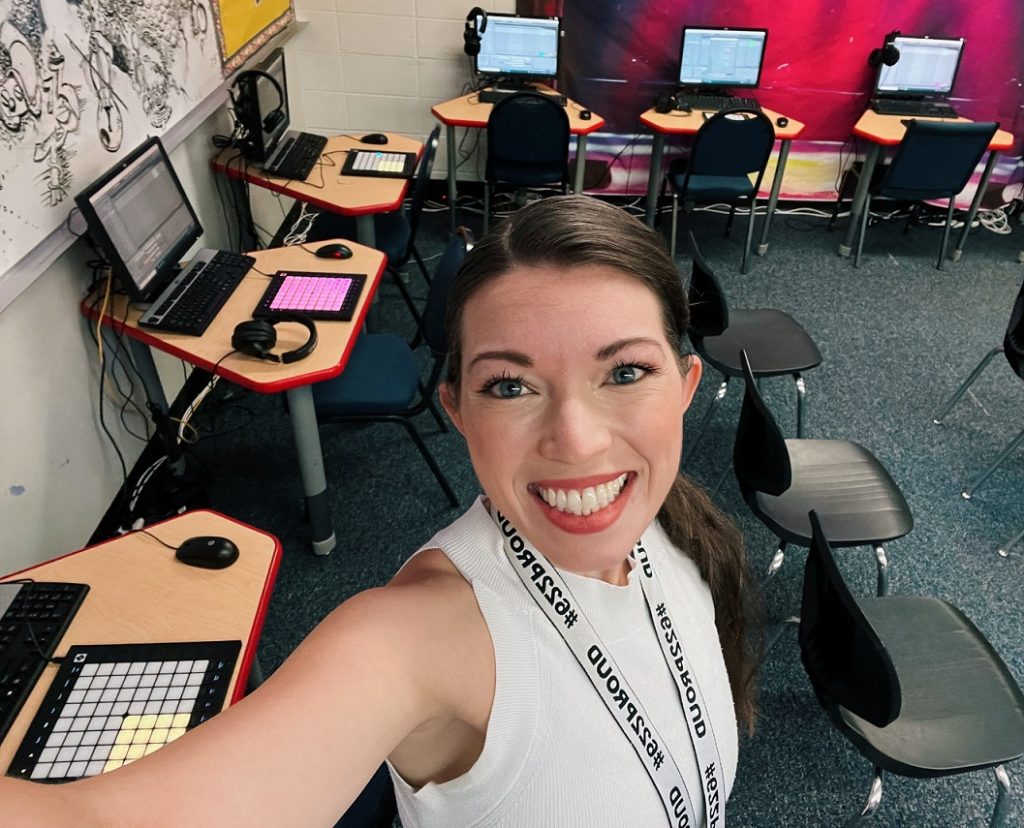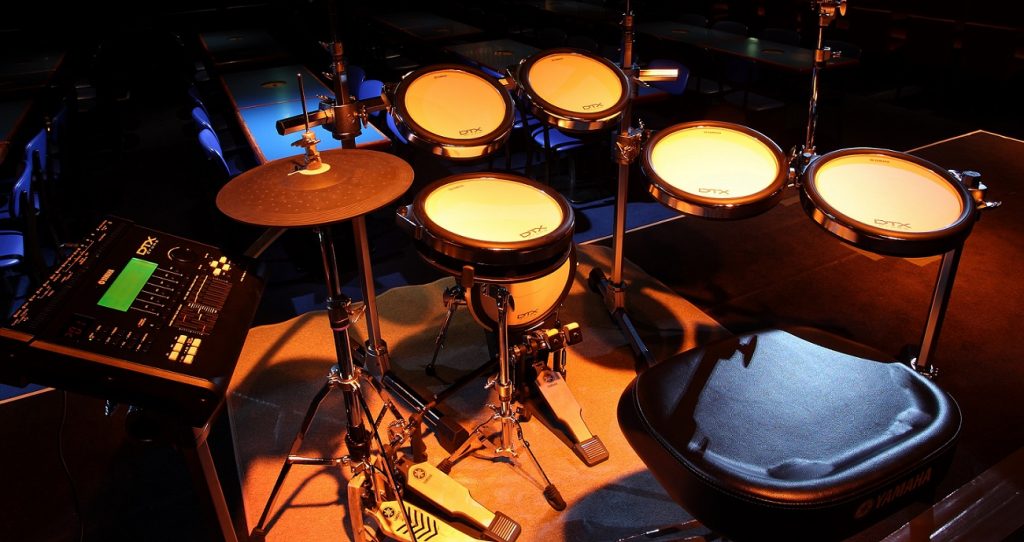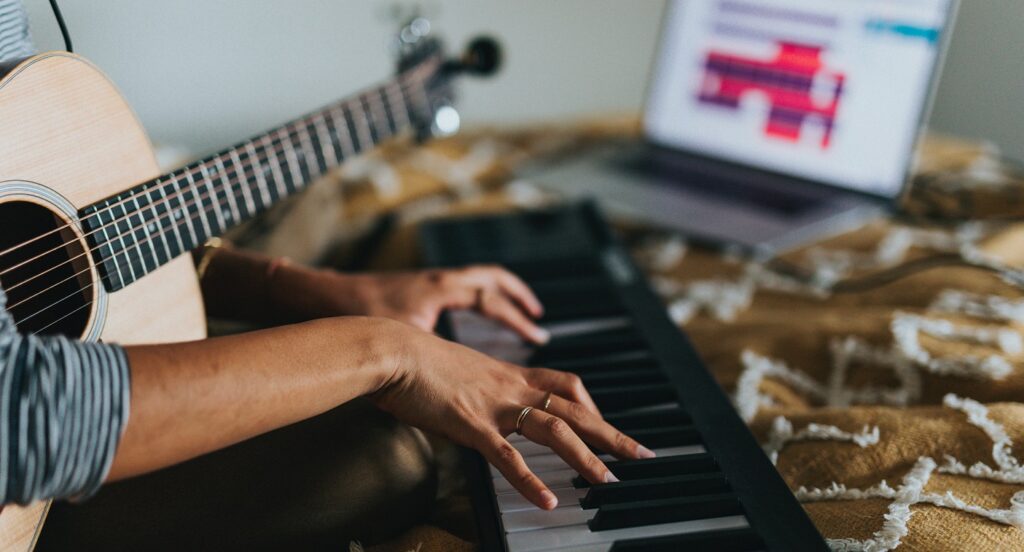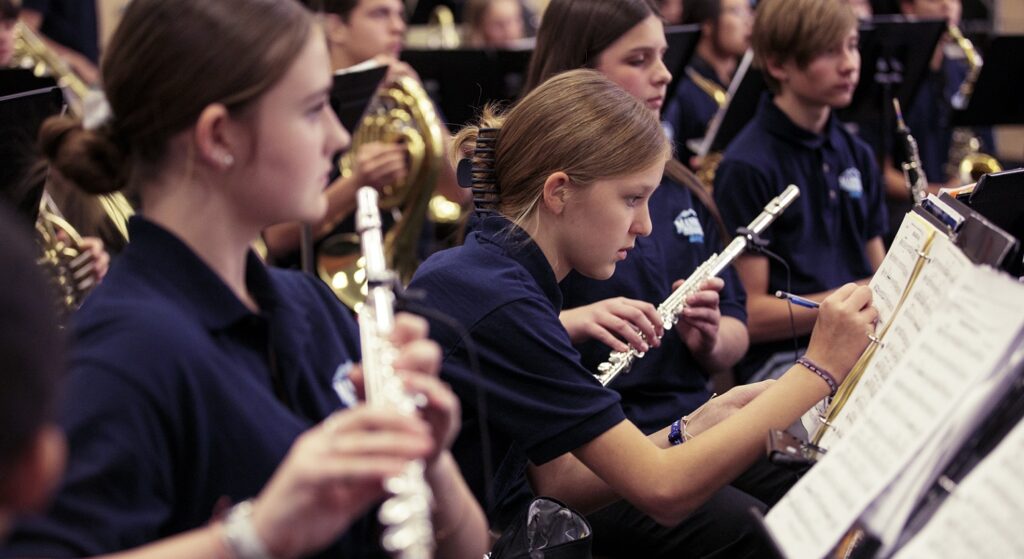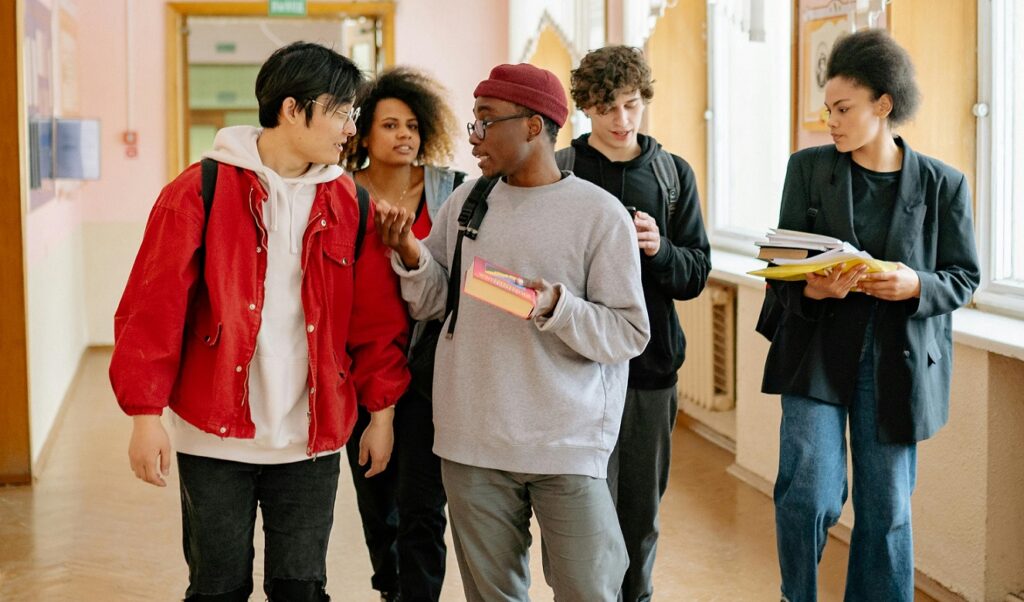Incorporate Popular Music into Traditional Ensembles
Involve your students to infuse current and popular music into performances.
The world of music education allows our students to explore a variety of styles and genres. However, the core performing experiences in today’s school music programs still center around classical repertoire for the more traditional concert band, choir and orchestra. While there have been major strides recently with the modern band movement, many students who desire to make music will be recruited for traditional ensembles.
Because music teachers earn their training and certification based on these traditional models, which are heavily steeped in classical repertoire, there is a huge gap between the music that students know and love and the music they are learning in school. This can lead to students feeling that music is less accessible and, in some cases, even elitist. There are, however, a number of ways we can incorporate popular music and involve our students that increase student inclusion, engagement and retention.
Knowing Students’ Music Interests
Much of my experience as both a student and a teacher in K-12 music programs occurred within the context of the Historically Black College/University (HBCU) band approach to music performance, which gives a high degree of consideration to current music trends and top hits. My music teachers frequently asked us about the newest and hottest tunes that we could incorporate into our performances. From pep rallies to halftime shows, academic assemblies to seasonal concerts, our teachers depended on us to know what was musically relevant to our generation, given that our generation was the majority of our target audience. Knowing what to perform for different settings made our program popular with our peers and let them know that if they joined band, they would be involved in something very cool!
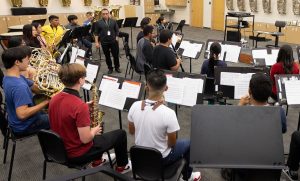 As a teacher, I continue this approach to music programming for my ensembles. We kick off each school year with a student survey. I also ask my students to give a copy of the survey to one person they know who is not in band so we could get a broader understanding of the most popular tunes at the time. The survey has just a handful of questions, along with room at the end for students to suggest what they would like the band to play this year. The band staff and our student leaders will then sort through all the surveys to find the most popular tunes and then discuss which songs we would like to arrange and when they would be performed. Knowing our students’ musical interests and having a sense of the school’s musical tastes as a whole helped us relate to students and build esprit de corps throughout the building.
As a teacher, I continue this approach to music programming for my ensembles. We kick off each school year with a student survey. I also ask my students to give a copy of the survey to one person they know who is not in band so we could get a broader understanding of the most popular tunes at the time. The survey has just a handful of questions, along with room at the end for students to suggest what they would like the band to play this year. The band staff and our student leaders will then sort through all the surveys to find the most popular tunes and then discuss which songs we would like to arrange and when they would be performed. Knowing our students’ musical interests and having a sense of the school’s musical tastes as a whole helped us relate to students and build esprit de corps throughout the building.
We would also take requests from the cheerleaders, football, volleyball and basketball teams on pep tunes they would like to hear during the game. We are starting to see this collaboration more at the collegiate level, and I believe that now is the time for this trend to continue into our middle and high school music programs.
Modernizing the Repertoire
For many of us, the literature we choose to perform at concerts, contests and performance assessments is our curriculum. And because that curriculum is built around the classical genre, many other genres with excellent music that could be used for building our students’ skillsets is not often included. When I was in school, I developed technically as a performer by playing standard march repertoire such as the “Stars and Stripes Forever” by Sousa, as well as more contemporary tunes like “Getaway” by Earth, Wind & Fire and “Sir Duke” by Stevie Wonder.
In today’s musically rich environment, we have access to anything we want to listen to and perform at our fingertips. Many popular tunes can also be used to teach performance fundamentals and musical aesthetics, in addition to connecting more meaningfully with our audiences.
THE YAMAHA EDUCATOR NEWSLETTER: Join to receive a round-up of our latest articles and programs!
Student-Led Programming
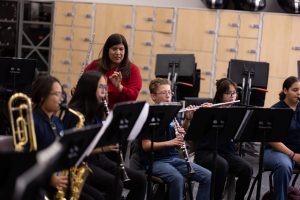 I am a strong advocate for student leadership. I believe that it is one of the best ways to empower tomorrow’s leaders in our field. One strategy that has worked very well for my programs is establishing student-led committees for our concert calendar. Because students know the importance of relevant repertoire selection across all aspects of the program, we have show-planning and dance-routine committees for our marching band, an arranging team that helps compose popular tunes for our concert and jazz bands, and a cool group known as “chamber grooves” that include students who love chamber music and would compose trending tunes and top 40 hits for our smaller ensembles.
I am a strong advocate for student leadership. I believe that it is one of the best ways to empower tomorrow’s leaders in our field. One strategy that has worked very well for my programs is establishing student-led committees for our concert calendar. Because students know the importance of relevant repertoire selection across all aspects of the program, we have show-planning and dance-routine committees for our marching band, an arranging team that helps compose popular tunes for our concert and jazz bands, and a cool group known as “chamber grooves” that include students who love chamber music and would compose trending tunes and top 40 hits for our smaller ensembles.
I was fortunate to offer classes like music technology and modern band as a part of the music program, but I did not want my program to be siloed to the point where students thought only certain genres could be performed in certain ensembles. I could not have done all the things that we were able to accomplish on my own. By empowering students to explore and create music for all the ensembles in the program, it created a culture of belonging and excitement in the school and community.
Be the Trendsetter
Music education programs have witnessed many recent advances in terms of both availability of popular music literature and ensemble offerings. COVID-19 forced many of us to deeply reflect and change what we teach and how we teach. As we continue in a post-pandemic era, it is important for us to bring the lessons learned from before.
By learning more about our students’ musical interests, performing more current popular music across all our ensembles, and providing opportunities for our students to lead in choosing music for a variety of performance settings, we will deepen our connection between our programs and the school community. Many around the country have already begun the process of including popular music in some way into their curricula, and now is the time for us to push further as we include more popular music genres and expose our students to the most comprehensive music education possible.











